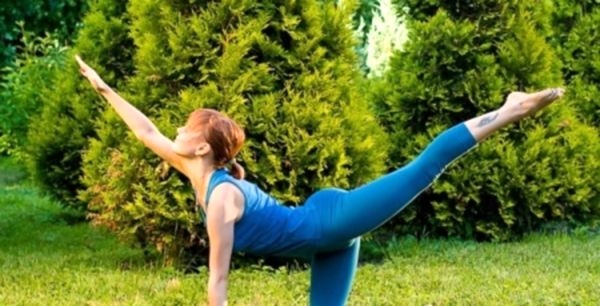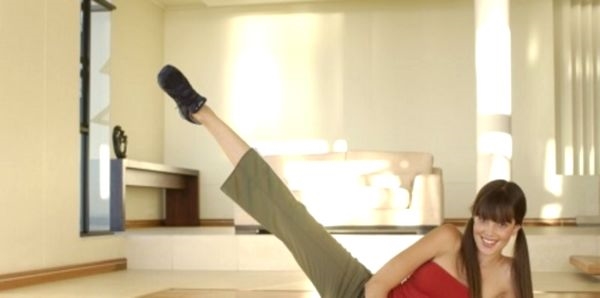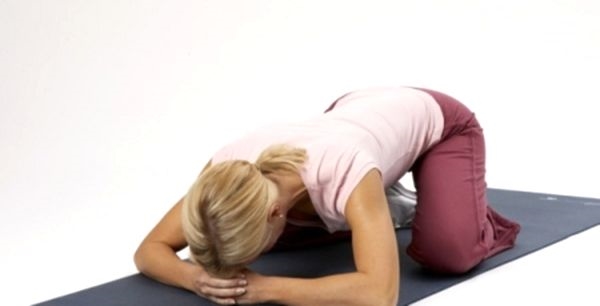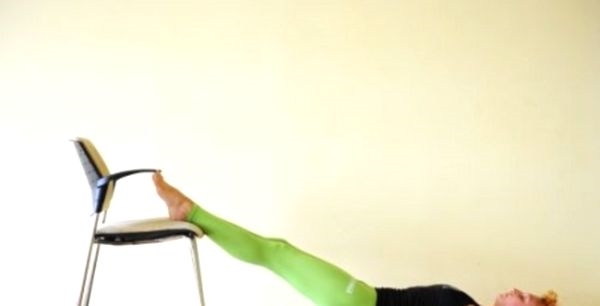What exercises are there to strengthen the muscles of the bladder
A problem that causes a lot of trouble can be considered a weak bladder. The problem of a weak bladder is most often faced by women, especially in old age. This pathology also does not bypass men, but it is the representatives of the weaker sex who most often suffer from urinary incontinence.
How to solve such an unpleasant problem, is it possible to fix it? How to strengthen the bladder for a woman?
What causes problems with urination
Before proceeding with treatment or trying to somehow solve this problem, you should find out exactly the reason why it arose. What is the algorithm of a healthy bladder? Urine fills a healthy bladder until it overflows. When this happens, special receptors located in the wall of the bladder send a signal to the brain. As a result, we feel some pressure in the lower abdomen.After urination has occurred, the bladder contracts, and the nerves responsible for the contraction of the muscles and sphincter, the muscles of its walls, help it in this. If at least one of these components is not able to cope with its task, problems with urination begin to arise.
As a result of the reduced tone of the sphincter of the bladder, involuntary excretion of urine may occur during coughing, when lifting weights, when laughing, etc. Here we can already talk about urinary incontinence. This is often seen in menopausal women. This is due to a change in the hormonal background of a woman. 
Urinary incontinence: the main causes of pathology
In the absence of any pathologies, urine cannot come out spontaneously, because the muscles of the bladder block the urethra. However, in the case of muscle relaxation, a constant and spontaneous release of urine can occur, otherwise incontinence. If in men incontinence can occur due to prostate adenoma, then in women the problem appears for other reasons.Statistics say that in women, a weak bladder occurs three times more often than in the male half. This is primarily due to the fact that during pregnancy and childbirth, the muscles of the pelvis and perineum are significantly weakened and stretched. As a result, the internal organs, descending, begin to put pressure on the bladder. In the menopause, even more problems are added. Against the background of hormonal changes, the muscular sphincter is significantly weakened and is no longer able to lock the bladder.
Sharp and frequent urge to urinate often occur without filling the bladder. Such a problem may appear with inflammatory diseases of the bladder, for example, with cystitis. Sometimes urinary incontinence is observed at times when the bladder is irritated. This may be the result of worries and fears.
Distinguishing an excited bladder from cystitis is not easy enough, here you need the help of a doctor. You should be aware that an excited bladder may be the result of chronic cystitis or another inflammatory disease of the genitourinary system.
Men face the problem of a weak bladder much less often and, as a rule, such a pathology occurs in them as a result of an enlarged prostate gland. In 60% of men over the age of 50, benign tumors are observed, which are prostate adenoma. The prostate gland enlarges, thereby constricting the bladder and preventing the flow of urine.
If men have frequent urge to urinate, then most likely he has this pathology. Here it is already necessary to deal with the treatment of a sick prostate.
Both men and women are encouraged to engage in strengthening the pelvic and perineal muscles. This will give the muscles the necessary tone. Workouts should include special exercises that help get rid of the feeling of an excited bladder. 
Pelvic and perineal muscle training
In order for the pelvic organs to function normally, they must first of all be located anatomically correctly. This is what determines the state of the pelvic floor muscles, therefore, with the existing problem of a weak bladder, it is necessary to strengthen the pelvic muscles.In addition to the pelvic muscles, the muscles of the perineum should also be strengthened. You can feel them when visiting the toilet. To do this, you yourself need to try to stop the output of urine. Muscle training is a fairly lengthy process. However, the results from regular training will be noticeable after three weeks. It should be noted that all exercises should be performed daily. It is recommended to rest 3-5 minutes. after each exercise.
- Lie on your back and relax. It is necessary to try to simultaneously strain the muscles of the pelvis and the perineal zone. At the same time, the muscles of the abdomen (lower part) should also tighten. Should be within 5-7 seconds. hold the tension and then relax. This procedure must be repeated 5 times, while breathing should be even.
- Lie on your back, bend your knees, while leaving your feet on the floor. Keeping the general tension of the muscles of the crotch zone, bend your knees. Hold the tension for 5-7 seconds and then relax. Repeat the exercise 5-6 times.
- Starting position - lying on your back, legs should be extended. The left leg should be pulled up to the stomach, while the muscles of the intermediate zone should tighten. Then the leg must be straightened and taken to its original position. Repeat the exercise for each leg 5 times.
- Starting position - lying on your back, legs should be bent at the knees. For this exercise you will need a small ball. It must be clamped with your knees, then slightly raise the pelvis up, move it to the right, to the middle position and to the left. This exercise should be done 8-10 times.
- Starting position - sitting on a chair. Don't lean on the back of a chair. Feet should be on the towel. Place your hands on your hips and relax them. At this time, strain the muscles of the perineal zone. While they are in tension, the feet should be stepped over in place. The towel needs to be rubbed into the floor, move it with your feet back and forth. Scrub the floor by moving the towel in a circle for two minutes, and then walk in place for three minutes.

Other exercises to strengthen the pelvic muscles and perineum
You can also strengthen the muscles of the perineum and pelvic floor during daily activities. So, for example, while in line, moving in transport, walking on the street, doing household chores, you can simultaneously strengthen the necessary muscles, making the bladder stronger.- Whenever possible, tense the perineal muscles as often as possible, and then relax them. The bottom of the pelvis should be slightly raised up. Such an exercise will strengthen the muscles of the pelvic floor, while there is no need to allocate special time for its implementation.
- Tighten your perineal muscles, for example, when carrying a heavy bag. This exercise is an excellent prevention of bladder prolapse.
- Tiptoe walking is very useful in solving this problem. Try to control the process of urination and increase the intervals between visits to the toilet.
- Starting position - lying on the stomach, the muscles are relaxed. In the area of the sacrum, slightly pull the skin with the middle, index and thumb fingers. Then you need to smooth out the formed fold in the direction of the spine. Repeat the exercise for 5-7 minutes. If the movement is performed quickly and abruptly, the massage is most effective. The same massage should be performed in the lumbar region.
- Starting position - sitting on the floor, legs pulled up to the body, feet connected to each other. Grasp your ankles with your hands, pressing your elbows lightly on your knees, and at the same time lower them to the floor. Legs should resist. Stay in this position for 6-8 seconds, after which you need to take the original position. It is desirable to do the exercise 8-10 times.

How else can you strengthen the bladder
Nutrition also plays a significant role in strengthening the muscles of the bladder. The bladder and its functioning are favorably affected by foods containing a sufficient amount of zinc (sunflower seeds, red fish, cereals, shellfish), vitamin E (green vegetables, nuts, wheat germ oil). Pumpkin seeds, any fish dishes, horsetail tea and lemon balm are very useful. First of all, nutrition should be balanced.It is worth remembering that spicy and spicy foods have a diuretic effect on the bladder. Therefore, you should limit yourself in the use of such dishes. Dietary salt is able to retain fluid in the body. Salty eaten before bed will retain fluid and therefore relieve pressure on the bladder. It is recommended to drink as much herbal tea and water as possible throughout the day.
Compliance with all these rules and exercises will help you get rid of the problem of urinary incontinence and strengthen your bladder.




